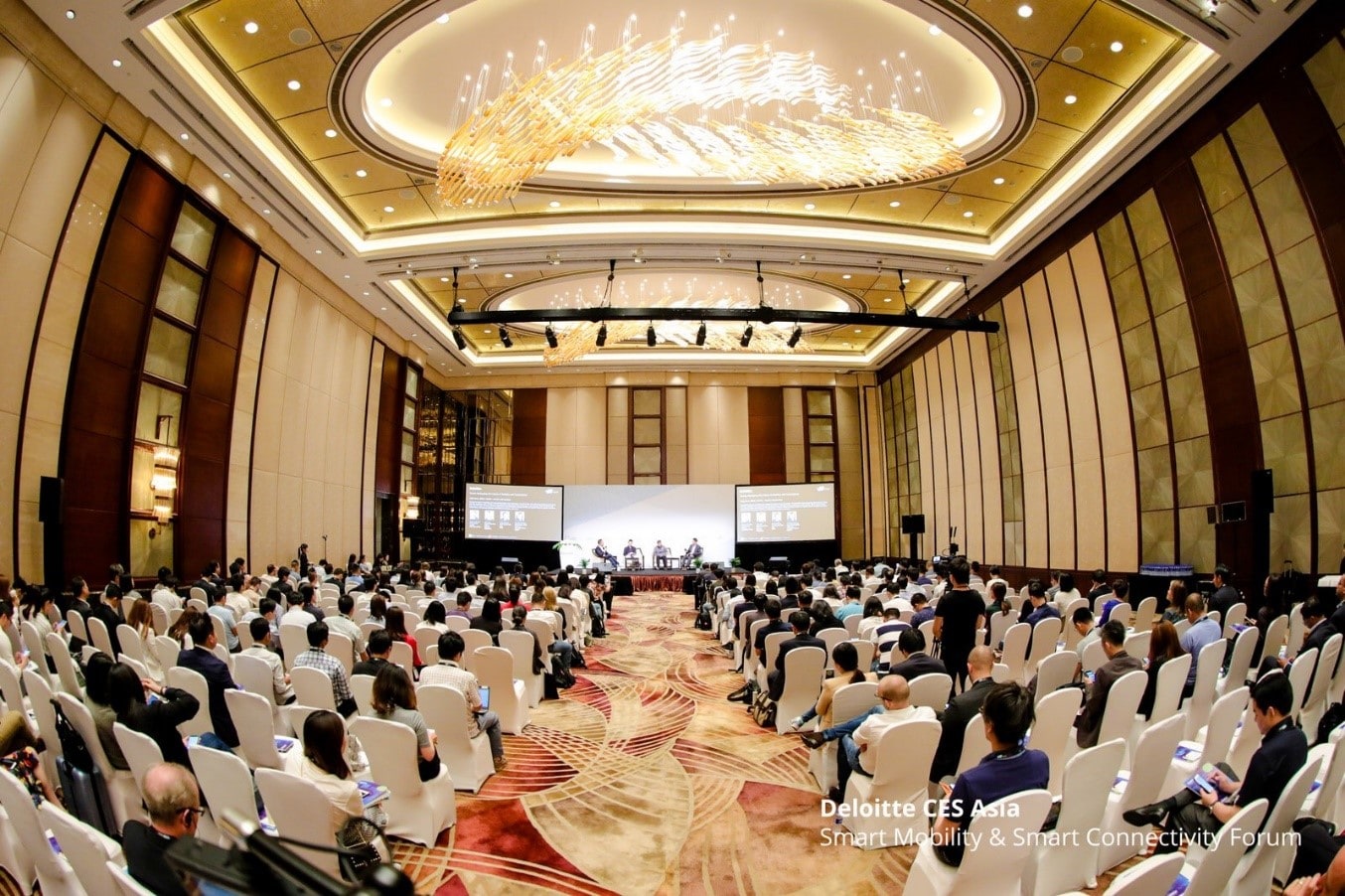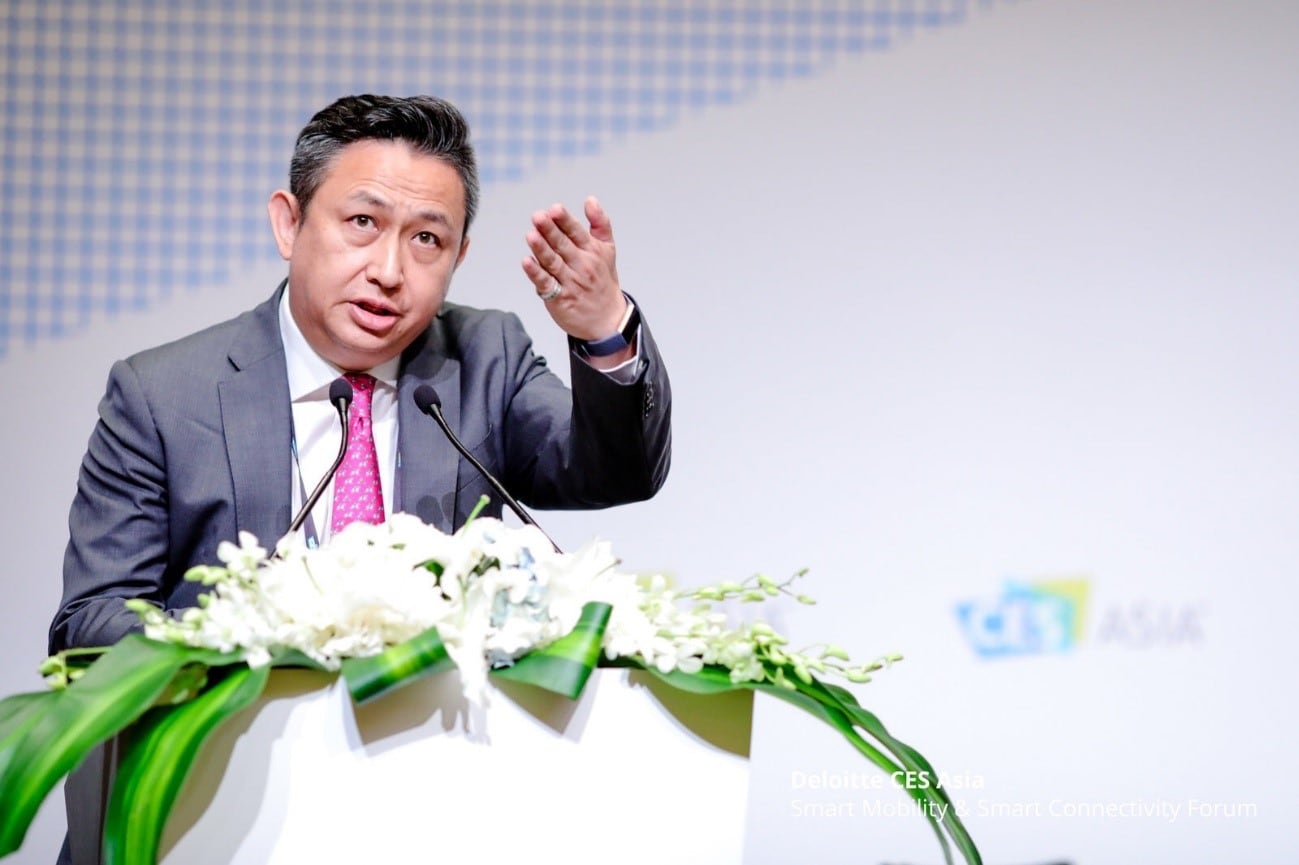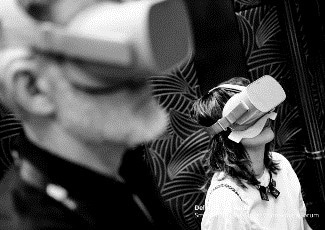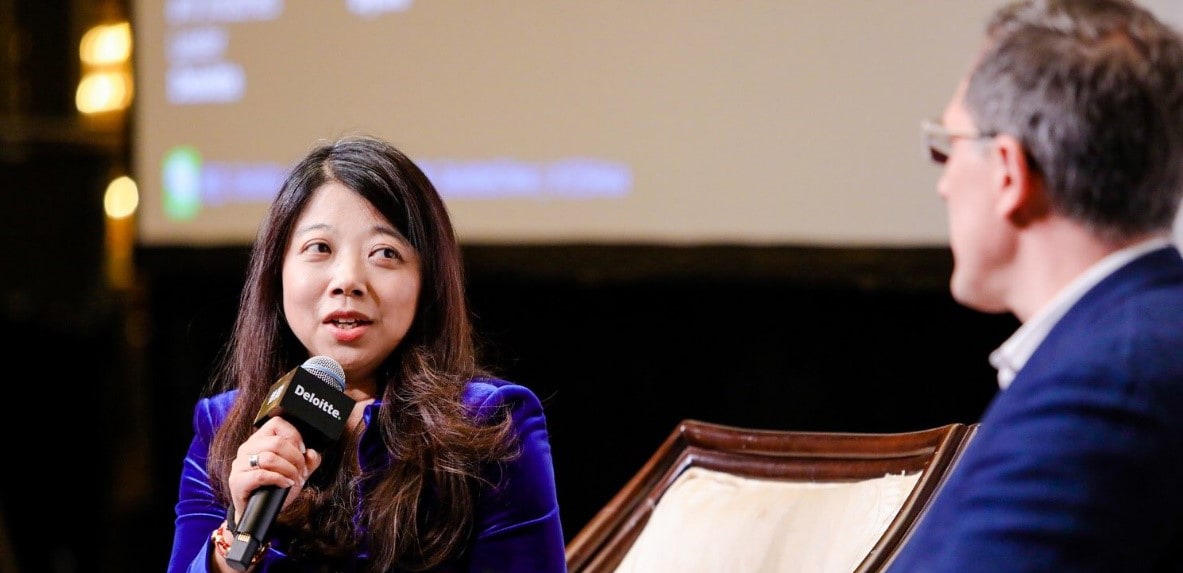Article

Deloitte's Forum at 2019 CES Asia Concluded Successfully
Smart Mobility and Connectivity
On June 12th at CES Asia, Deloitte held its Smart Mobility & Smart Connectivity Forum at Shanghai's Kerry Hotel, with an unprecedented number of panels and panelists. Twenty-five distinguished guests from leading companies in smart connectivity and the smart mobility ecosystem provided in-depth insights on the development of 5G, AI and IoT technologies; how these technologies will reshape the mobility and customer experience landscape; and how public and private sectors should cooperate to build smart communities.
The forum's six panels attracted more than 800 industry professionals from traditional automobile manufacturers, automotive startups, tech companies and mobility service providers, as well as experts in smart connectivity, UX design, smart city planning and operation.
Innovative experience by leveraging digital technology
Throughout the six panels, Deloitte displayed its own digital experience and innovations at CES Asia 2019. Simon Dixon, Deloitte's Global Transportation Leader and a renowned expert on Smart Cities, took the audience on a journey to the digital technology-driven urban future, exploring opportunities and challenges in urban corridors' fast changing landscape amid the rise of smart mobility. This digital experience attracted a number of smart city stakeholders and arouse their interests in in Deloitte's capability in designing digital user experience.
Click here
to watch the replay.
Panel Takeaways:
Trends Reshaping the Future of Mobility and Connectivity
Moderator: Marco Hecker, Deloitte China Auto Industry Leader
Panellists:
Hao Fei, Banma Network CEO
Jack Cheng, NIO Co-founder and EVP
William Wang, Aptiv Asia Pacific Chief Business Strategy Officer, Advanced Safety & User Experience
Automobiles are increasingly digitalized. The application of advanced technologies such as artificial intelligence (AI), blockchain, 5G and big data can bring people more comfortable riding experiences. Digitalized experiences require the coordination of base-level software and cloud computing, during which it is necessary to take into account what data, cloud service or AI is involved in each function and service. Meanwhile, 5G and HD screens will manage data and connectivity better.
There are three bottlenecks on the road to commercialization of smart driving: first, regulation - deregulation is beneficial to the commercialization of autonomous vehicles. Second, technology - current hardware (including computing platforms) is not mature enough. Third, foundational structure - prevailing standards vary across the major markets, and well-defined, industry-specific standards are needed.
Advanced Technologies Enabling the Future Customer Experience
Moderator: Andy Zhou, Deloitte China Auto Consulting Leader
Panellists:
Ma Jun, Chief Professor for School of Automotive Studies at Tongji University
Hao Fei, Banma Network CEO
Jack Cheng, NIO Co-founder and EVP
Li Yi Chao, LKK Design President
Boris Meiners, Audi China Senior Director of Brand, Digital Business, Customer Experience
How advanced technology will empower the user experience depends on several elements. First, enhancing technology architecture. To cooperate to provide better experiences, open technology architecture is required to put experiences within reach of every car owner by meeting their personalized needs. Second, application based design concepts. Customized services should be created for specific automobile mobility scenarios, rather than simply copying a mobile app. Third, mixed experiences created by cloud drive integration, which refines the functions and services of in-vehicle systems through cloud drives.
Studying humans is the first step towards developing human-vehicle relationships. It is only when technology is integrated with people’s need for certain experiences that appropriate application scenarios and business nodes can be identified. To this end, future design will focus on precise changes to human-centric scenarios. Different automobile scenarios can inspire infinitely numerous experiences that are dynamic rather than static. The automobile itself will be increasingly personalized.
Securing the future of mobility and connectivity
Moderator: Tonny Xue, Deloitte China Technology Risk Leader
Panellists:
Danil Kerimi, World Economic Forum Head of Center for the 4th Industrial Revolution
Han Yi, InGeek General Manager
Zhang Ren Jie, Xingmin ITS COO
Tao Haukka, Thales China Sales Director
Alex Hu, BMW System Architecture Senior Manager
A new era of connectivity will on one hand bring convenience, but on the other hand might hamper safety controls.
Application scenarios and customer needs should be taken into account before safety regulations are established, and safety thresholds can then be evaluated. Safety controls used in airplanes could be used as a reference for automobile safety controls, separating in-vehicle infotainment from control systems.
In safety management, enterprises will first need the capacity, starting from a basic level of software, for example in operation systems, to support real time parallel processing of massive datasets. Second, they will need concrete safety solutions, such as separate data processing and execution at the application level. Moreover, revaluations are needed to check whether solutions meets their original safety needs. The next step will be realization, or ascertaining whether original design needs are fulfilled, including through 'black box' penetration tests.
Creating Seamlessly Integrated Connected Mobility
Moderator: Andy Zhou, Deloitte China Auto Consulting Leader
Panellists:
Andrey Berdichevskiy, Deloitte Global Automotive Mobility Solutions Leader
Liao Bing, GAC-NIO CEO
Zhang Li, Weride COO
Yolanda You, Continental Head of System and Technology, Chassis and Safety Division
In the future, the greatest challenges faced by the mobility industry will be data, or how to deal with different data sources and manage mobility data to help build personalized solutions and customer experiences. Next, in an era of rapidly evolving technology, how best to establish accurate positioning and business models amid rapid transformation will be the key to success.
In the course of designing digitalized mobility solutions, enterprises should first ensure data security, building open data standards to boost industry-wide cooperation, data analysis and management. Second, their designs should be human-centric to create seamless mobility experiences for users.
Fundamentally, the pattern of future transport will be extremely complicated systems comprising roads, vehicles and signals, utilizing big data transmission, collection, connection, judgment and execution, within which the automobile will be the most significant element. This complicated system needs players from every area to cooperate, so every enterprise has to find its right position in the ecosystem and search for partners to form alliances, compete, cooperate and develop in the future ecosystem.
It Takes a Village: Building Smart Communities
Moderator: Clare Ma, Leader, Deloitte China Smart City Leader
Panellists:
Simon Dixon, Deloitte Global Transportation Leader
Yan Feng, Weltmeister (WM Motors) CTO
Song Lei, Continental Head of China Intelligent Transportation Systems
Zhai Qi, Huawei China Smart City Chief Architect
Smart communities are the cells of a city. Smart city solutions need to make full use of the internet and IoT terminal equipment, with cloud computing as their key platform, as well as integrate and implement mobile internet information technologies to build safe, comfortable, and convenient smart cities.
When it comes to building smart cities, China can learn from overseas examples: first, go back to the business essentials, plan and construct each smart city project based on the specific problems a city faces; second, encourage city governments to adopt market-based models by introducing private capital, using investment and operational returns to maintain cities’ healthy development; third, adopt new technologies to tackle the practical problems a city faces, such as AI, cloud computing ect. Moreover, all the smart city solutions should be people-oriented.
C Suite Perspective: The New Mobility Revolution
Moderator: Vivian Jiang, Deloitte Asia Pacific Clients & Industries Leader
Speaker: Dr. Daniel Kirchert, Byton CEO
Future automobiles will be intelligent platforms that bring new, more personalized experiences to users by integrating intelligent technologies and automobile technologies. How can consumers' future mobility experience be made more pleasurable? Safety and quality are the preconditions. Design is also very important, as it enables passengers to have their own unique, digitalized experiences.
For emerging automobile manufacturers, user experience will be a highly competitive area of differentiation within the future automobile ecosystem. In interior design, this will include providing large shared screens and central touch panels, removing traditional human-vehicle interactions to make processes simpler; as well as using facial recognition technology and personalized design to provide users with unique riding experiences.









